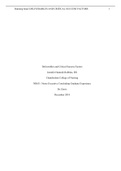Summary
Summary comprehensive family law content summaries
comprehensive summaries on all the content covered in family law, with references to precedents created in cases. includes textbook summaries as well as lecture material and notes.
[Show more]






